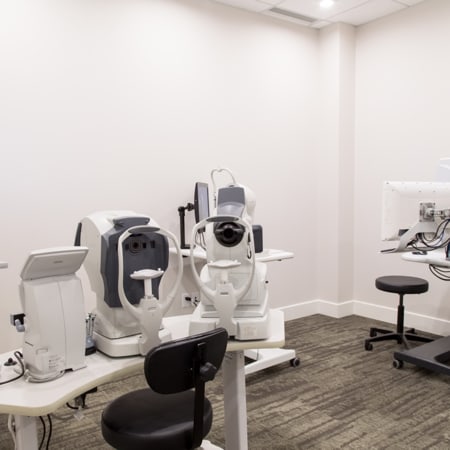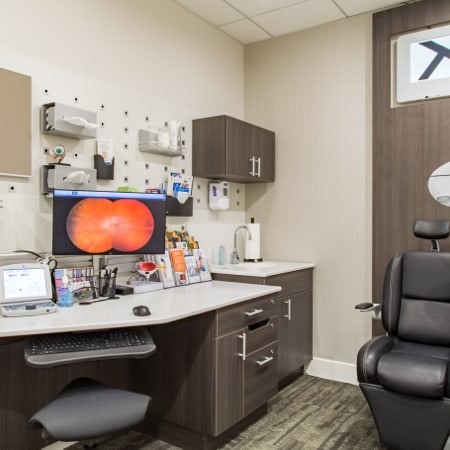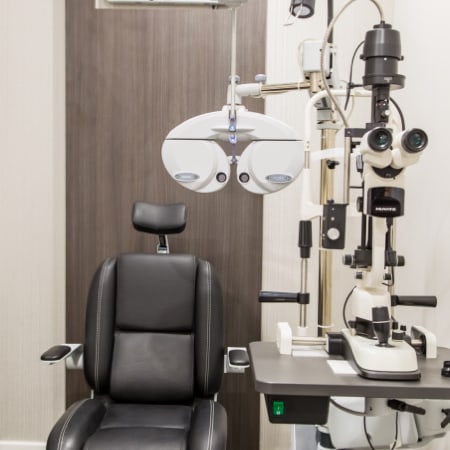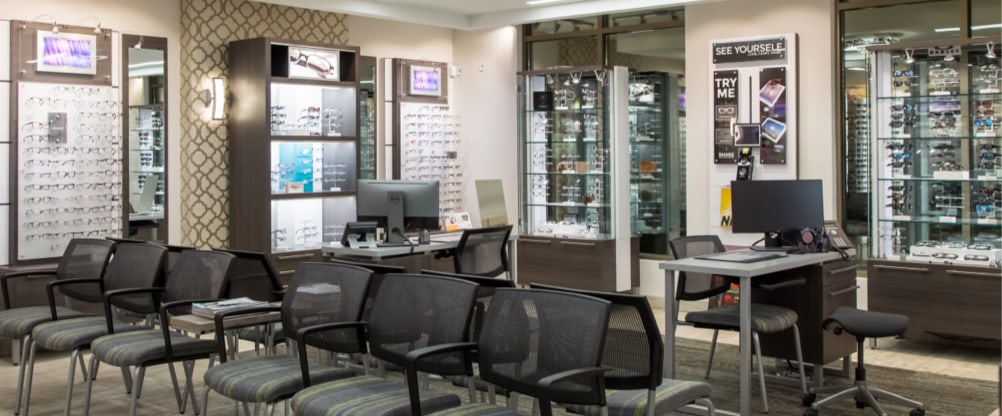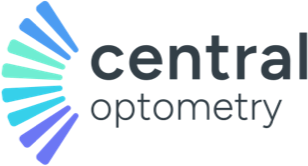Diabetic Eye Care at Central Optometry
Diabetes is a complicated condition that not only affects your blood sugar but can affect your vision as well. Our team uses diagnostic technology such as ultra-widefield imaging and optical coherence tomography (OCTA) to assist in the early detection and treatment of diabetes-related vision issues.
Individuals with diabetes should undergo a diabetic eye exam at least once per year, even if they are not currently experiencing any other health problems and are controlling their blood sugar levels effectively.
We aim to preserve your long-term visual health—book online to schedule your appointment today.

What to Expect During Your Diabetic Eye Exam
During your diabetic eye examination, our experienced optometrists will use various tools, including ultra-widefield imaging and optical coherence tomography angiography (OCTA), to assess your vision. These tools allow us to closely examine your retina for any signs of issues.
Whether you have type 1 or type 2 diabetes, we recommend annual comprehensive eye exams as a part of your routine healthcare.


How Diabetes Can Affect Your Vision
Diabetes can lead to a higher chance of developing a variety of serious conditions that could potentially affect your vision if left untreated. These conditions can include:
Diabetic retinopathy is the primary vision loss concern linked to diabetes. Diabetic retinopathy and glaucoma don’t typically exhibit symptoms until their more advanced stages, which makes them incredibly difficult to detect without a comprehensive eye exam.
A Closer Look at Diabetic Retinopathy
Diabetic retinopathy is caused by high blood sugar due to diabetes. This damage is caused by a buildup of excess sugar in your blood that can damage your retina. The damage to your eyes occurs when sugar blocks the tiny blood vessels that go to your retina, causing them to leak fluid or bleed.
Early stages of diabetic retinopathy may display no symptoms, but some common signs and symptoms can include:
- Seeing spots or floaters
- Blurred vision
- Difficulty seeing at night
Dilated eye exams are important to help our team monitor changes in your vision and recommend treatment.
Our Diagnostic Technology
When it comes to any of our eye exams, we are all about getting the information we need to address your vision needs.
We implement optical coherence tomography (OCT) and ultra-widefield retinal imaging to look for signs of retinal issues associated with diabetic eye care.
Optical coherence tomography angiography (OCT) is a noninvasive imaging test. OCTA plays a crucial role in the management of diabetic patients. OCTA provides insights into the microvascular changes that occur in the retina, making it a powerful tool for early detection and monitoring of diabetic retinopathy.
By using OCTA, ophthalmologists can see and analyze the blood vessels in the retina at a high resolution. This allows them to identify any abnormalities or signs of diabetic retinopathy, such as microaneurysms, neovascularization, or areas of ischemia.
Early detection of these changes through OCTA enables timely intervention and treatment, which can help prevent vision loss in diabetic patients.
Ultra-widefield retinal imaging enables us to capture a panoramic view of your retina, covering a staggering 82% view in a single image.
Your retina, the part of your eye that captures light and sends images to your brain, plays a pivotal role in your vision. Any damage or abnormalities in this area could potentially lead to vision loss. With ultra-widefield retinal imaging, we’re able to identify potential issues early.

Diabetic Eye Exams Backed by Technology
Our diabetic eye exams are carefully curated by our experienced team and backed by innovative diagnostic technology to help get a clear picture of your visual situation. We want to help you enjoy healthy long-term vision.
Book online to schedule an appointment and get a head start on diabetes-related vision issues.








